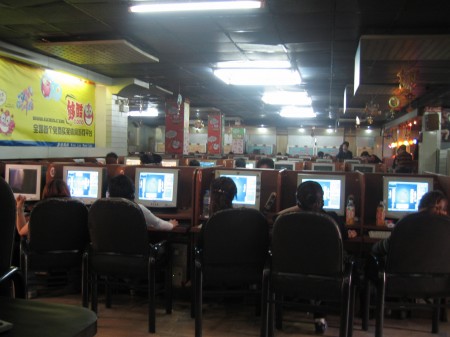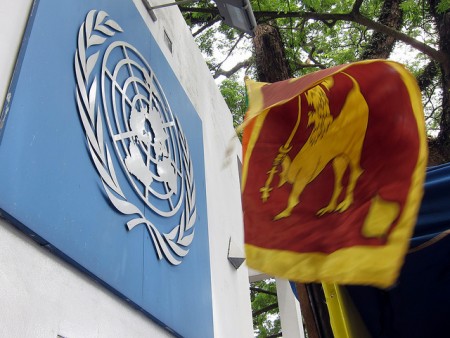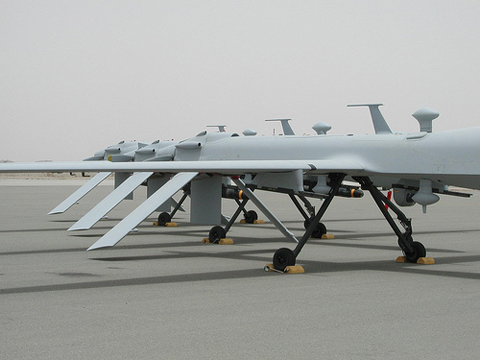
Two weeks ago China and the US conducted their annual human rights dialogue amid what the US reaffirmed afterward has been a renewed crackdown on policy activists under the Xi administration, the latest victims being anti-corruption campaigner and legal scholar, Xu Zhiyong, detention of whom began two weeks before the dialogue, and his petitioning defender, journalist Chen Min, whose detention began only the day after the dialog concluded. Last week an unprecedented one-minute “jailbreak” video went viral of Xu making a one-minute appeal from inside the jail to rally the grand jury of world public opinion against laying charges, shows breakdown inside the security apparatus, and can still be viewed inside China. China has responded that human rights aren’t being reduced.
The targets of these actions appear increasingly to be “mobilizers” and their vocal associates and families, while the underlying threat is the mushroomed population of microbloggers against whom an editorial in the People’s Daily made this accusation the week of the dialog uncoincidentally: “Every day microbloggers and their mentors in the same cause pass rumors, fabricate negative news about society”. These suggest that the Party hardliners are out to shut down China’s true online/wireless innovation/craze, the free cellphone Facebook-cum-Twitter-cum-videophone-cum-voicemail service known as Weixin (WeChat) 微信 (literally “micro message”) which uncannily, but with different tonal emphasis, is represented by another and well-known pair of Chinese characters 维新 meaning “reform,” “modernization.”



